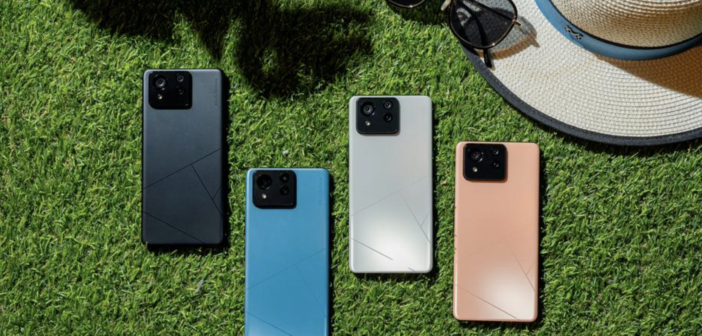Perhaps it was only a matter of time before it happened – while ASUS’ Zenfone flagships served as the last bastion of pocket-sized Android phones, it looks like the Taiwanese electronics giant is ready to move on and join the other players in the league. More specifically, ASUS recently announced the Zenfone 11 Ultra, its first large-screened Zenfone in a while. While ASUS also sells ROG-branded handsets with large displays, the Zenfone line has more or less stuck to smaller display sizes, at least up until now.
Priced starting at £819 in the UK, the Zenfone 11 Ultra takes over for the Zenfone 10, which is now officially ASUS’ last small smartphone (alongside the Zenfone 9 and 8). With that said however, the 11 Ultra does pack some impressive hardware, and it’s clearly got its sights set on competing with other big names such as Samsung, Xiaomi, and more. Let’s take a quick look as to what you can expect with the 11 Ultra.

We’ve talked a bit about the phone’s large display, and we’ll talk about it a bit more – the phone packs a 6.78-inch AMOLED panel with an FHD+ resolution, and a 120Hz refresh rate that can go up to 144Hz during gaming sessions. It’s pretty bright as well, able to go up to 2,500 nits of peak brightness. This screen is tucked inside a slim-looking chassis which looks similar to ASUS’ most recent ROG line of smartphones, especially with the camera module on the rear panel. Unlike the rear panel of the ROG series however, the Zenfone 11 Ultra lacks any fancy RGB lighting and gaming-centric design.
Like most flagships of 2024, the Zenfone 11 Ultra runs on Qualcomm’s Snapdragon 8 Gen 3 chipset, which is aided by up to 16GB of RAM and up to 512GB of internal storage. Powering the 11 Ultra is a 5,500 mAh battery, that also features support for 65W wired and 15W wireless charging speeds. It’s a rather solid hardware configuration, and power users will find a lot to love here. The phone also comes with a triple camera setup consisting of a 50MP main camera, a 13 MP ultrawide camera, and a 32 MP telephoto camera, aided by a 32MP sensor in front.

Perhaps one big caveat of the Zenfone 11 Ultra is its software – it turns out that ASUS will only provide up to two years of major software upgrades for the handset, similar to what Sony does with its Xperia devices. This might be a problem with users who are looking to keep their phones for a while, although folks who upgrade every couple of years or so might not have much of an issue with this. Still, for a phone in the £800-900 price bracket this is a bit of a concern.
In addition to Android, the Zenfone 11 Ultra does comes with AI-integrated features. Generative AI has been the go-to buzzword for a lot of phone manufacturers in the past couple of years, and ASUS is no exception. Some of the 11 Ultra’s AI features include AI wallpaper creator, AI call translate, and even an AI transcript function that’s a bit similar to Google’s Recorder app.
With all that said, Zenfone fans after a high-powered device will definitely want to check out the Zenfone 11 Ultra. On the other hand, small phone fans as well as buyers after a long-term smartphone investment will want to think long and hard about ASUS’ newest flagship champ.




